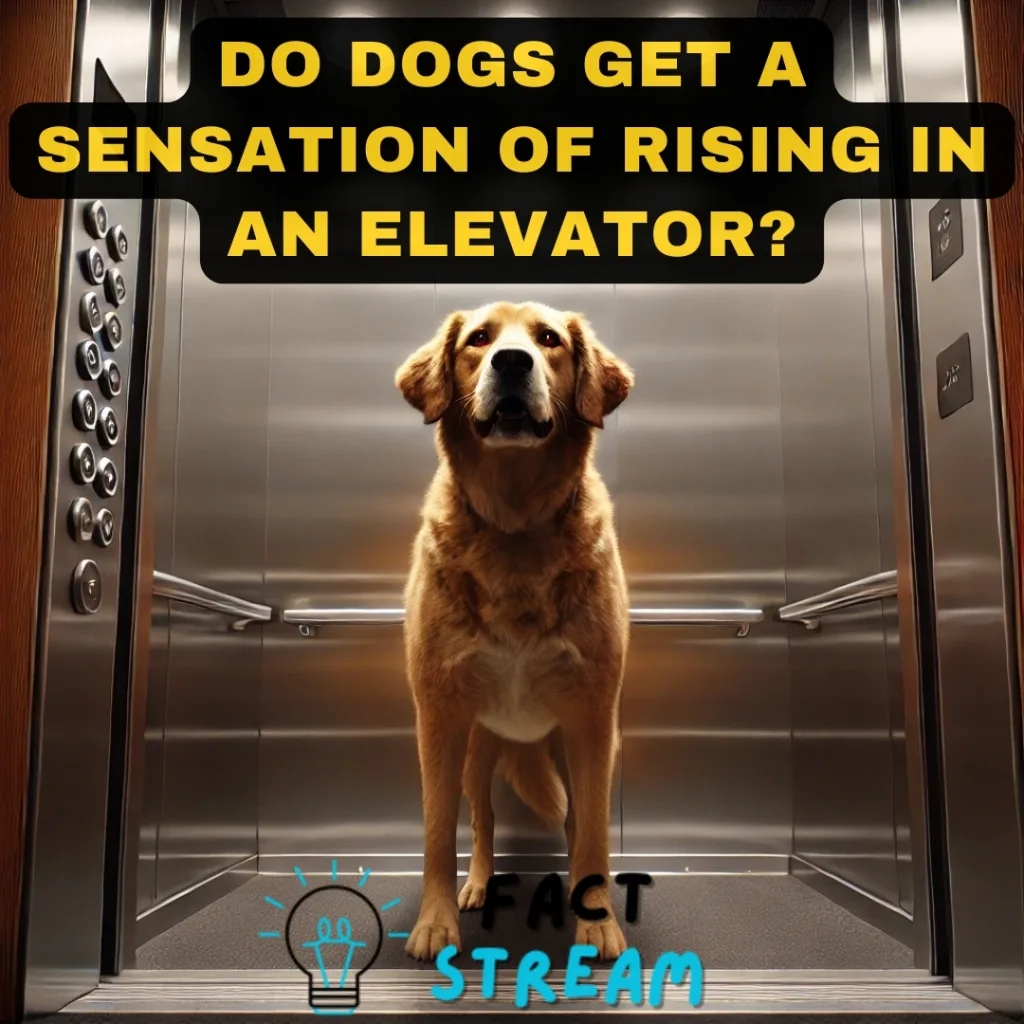Do Dogs Get a Sensation of Rising in an Elevator?
Dogs experience the world differently than humans. Their powerful senses pick up on subtle cues we might miss. While we may not fully understand how they perceive everything, it’s clear they have their own unique experiences.
Elevators, in particular, can be a source of mystery and anxiety for many dogs. Let’s explore the sensory world of dogs in elevators and discover how to help them feel comfortable during these vertical journeys.
What Does a Dog Experience in an Elevator?
Imagine stepping onto a platform that suddenly starts moving upward. You can’t see where you’re going, and the only indication of movement is the feeling of pressure on your feet. That’s similar to what a dog might feel in an elevator.
Here’s a breakdown of the sensory information a dog processes during an elevator ride:
- Movement and Pressure: Even if a dog doesn’t fully grasp the concept of an elevator, they feel the movement. They can sense the vibrations as the elevator starts and stops, the subtle pressure changes as it ascends or descends, and even the slight swaying motion.
- Sound: The sounds of an elevator can be overwhelming for dogs, especially those who are sensitive to noise. The dinging of buttons, the humming of the motor, and the whooshing of the doors can be startling.
- Smell: Dogs have an incredible sense of smell – thousands of times more powerful than ours! Imagine the olfactory overload they experience in an elevator. They can smell traces of every person and animal who has ridden in it before them, plus the elevator’s own unique scent.
Why Are Some Dogs Scared of Elevators?
For some dogs, the sensory experience of riding in an elevator can be frightening. Here are a few reasons why:
- Lack of Control: Dogs are creatures of habit and routine. The sudden, unexpected movement of an elevator can be unsettling because they can’t predict what will happen next.
- Confined Space: The small, enclosed space of an elevator can trigger claustrophobia in some dogs, especially those who prefer open areas.
- Unfamiliar Scents: The unfamiliar and often overwhelming mix of scents in an elevator can be a major stressor for dogs who rely heavily on their sense of smell for information and comfort.
How to Help Your Dog Conquer Their Elevator Fears
If your dog is nervous or fearful of elevators, patience and positive reinforcement are key. Here are some tips to help them become comfortable:
- Gradual Introduction: Start by letting your dog sniff around the elevator entrance without entering. Offer treats and praise for any signs of relaxation.
- Desensitize to Doors: Practice opening and closing the elevator doors with your dog nearby. Reward them for remaining calm and sitting or lying down patiently.
- Short Rides: Once they’re comfortable with the doors, start with very short rides, perhaps just one floor up or down. Reward them generously during and after the ride. Gradually increase the ride duration as their confidence grows.
- Positive Associations: Make the elevator a positive experience! Bring along their favorite treats, toys, or even a comforting blanket. Offer these during the ride to distract them and create happy associations.
- Consider a “Magic Carpet”: If your dog is particularly anxious, try using a bath mat or a piece of furniture foam as a designated “elevator mat.” Train your dog to lie calmly on the mat at home and bring it into the elevator for a sense of familiarity and security.
Important Elevator Etiquette for Dog Owners
Sharing an elevator with others requires consideration and good manners. Here are a few tips:
- Leash Up: Always keep your dog leashed in an elevator for their safety and the comfort of other passengers. A shorter leash is generally better to prevent accidents and maintain control.
- Mind Your Dog’s Paws: Be especially careful with small dogs. Make sure their paws are clear of the door when it closes.
- Ask Before Entering: Not everyone is comfortable around dogs. Politely ask others if they’re okay with your dog entering the elevator before you do so. If anyone expresses discomfort, wait for the next elevator.
- Clean Up Accidents: Accidents can happen, especially if your dog is nervous. Carry cleaning supplies, such as paper towels, pet-safe disinfectant, and doggie bags, to quickly clean up any messes.
Final Thoughts
While we can never truly know what’s going on inside a dog’s mind, we can learn to understand their behaviors and help them feel safe and comfortable. With patience, understanding, and positive reinforcement, even the most elevator-phobic dog can learn to tolerate – and maybe even enjoy – these short but sometimes strange journeys.


